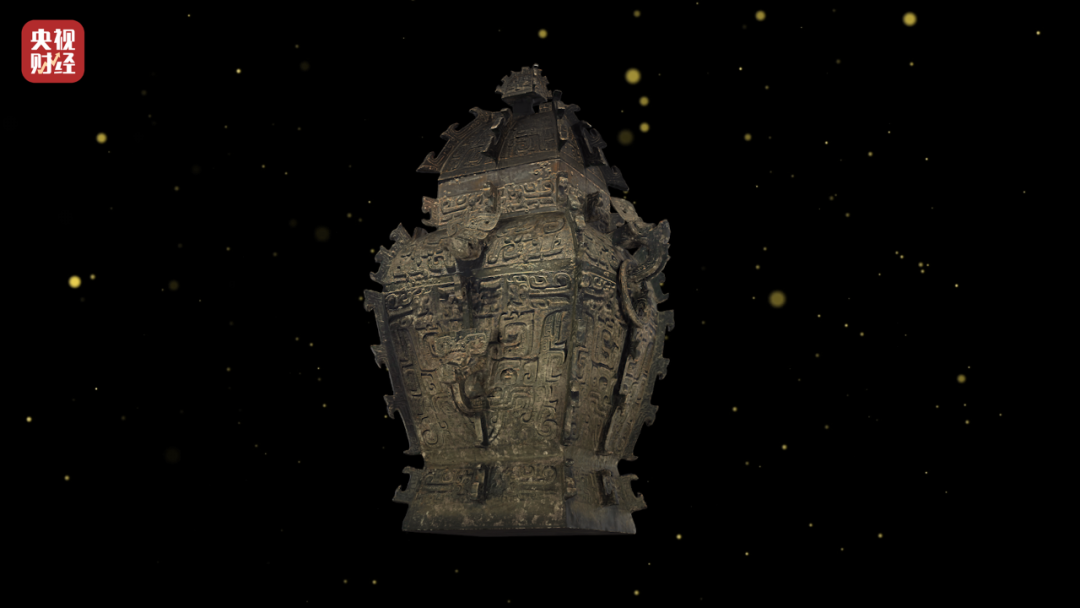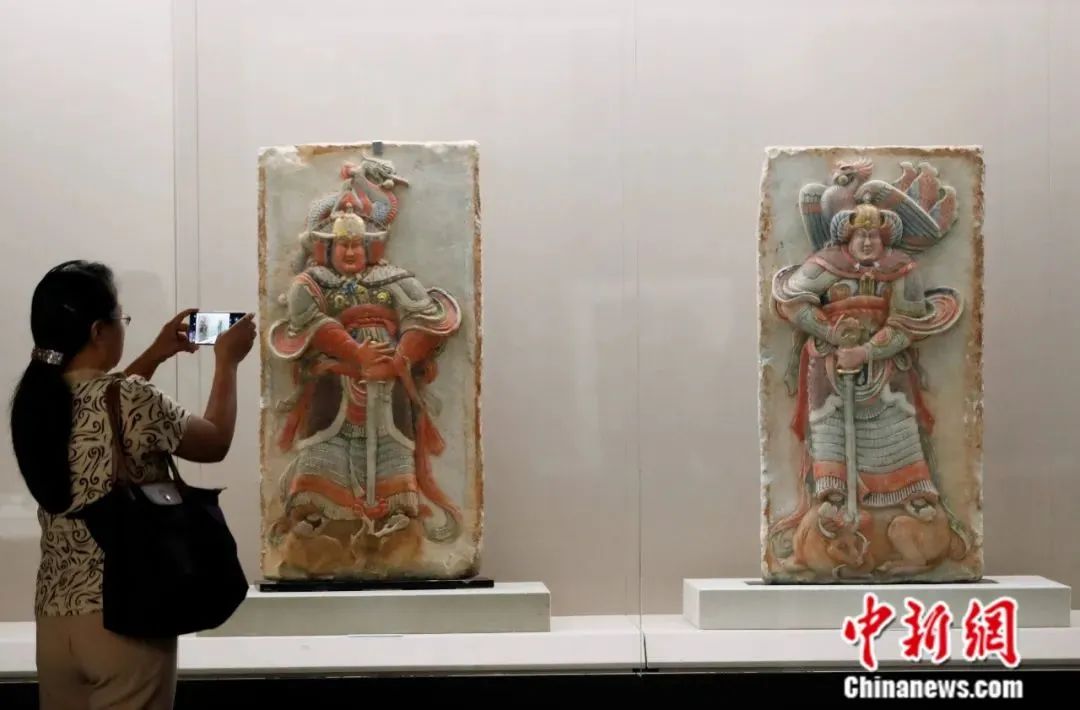Internet drama about lost artifacts touches Chinese netizens
A three-episode Chinese internet drama, "Escape from the British Museum,” has gone viral on social media platforms in China, sparking widespread discussions online and striking an emotional chord nationwide.
Adopting the expression technique of personification, the fantasy series depicts an ancient Chinese artifact, a jade teapot, coming to life and taking on the form of a young woman who tries to escape from the British Museum to return home to China with the help of a Chinese journalist she meets in London.

A screenshot from the Chinese internet drama, “Escape from the British Museum.”
In the climactic finale, she fulfills her mission of delivering letters from Chinese artifacts separated from their pairs. Although she has long yearned to return home, the jade teapot goes back to the British Museum after completing her mission, as she doesn't want to flee to her home this way.
"Everyone says we are from a great country, and we Chinese don't do things covertly. They believe someday we will come home in a glorious and dignified way," she explains to the Chinese journalist, who is named Zhang Yong'an. The name means lasting peace in Chinese.
Details in the short video series, such as Chinese characters written with ink brush on English newspapers, and conversations between personified artifacts, moved many to tears.

Photo shows a Chinese jade teapot, which is featured and personified as the main character in the Chinese internet drama, "Escape from the British Museum.” In the drama, it transforms into a female human form in her quest to escape the British Museum. (Photo/CCTV News)
The thing about the drama that touches netizens the most is the artifacts' desire to go home. Many viewers commented online that they hope artifacts scattered around the world will return to China "gloriously and aboveboard."
In reality, China has been working for decades to recover its lost antiquities scattered worldwide.
Estimates show that China has lost about 15 million artifacts, with 10 percent illegally smuggled abroad. Between 1949 and 2019, China recovered 150,000 pieces of artifacts in more than 300 batches through purchases, donations, and claims.
In recent years, more lost Chinese artifacts have returned home, thanks to the persistent efforts of various parties.

Photo shows Zilong ding, a three-legged bronze vessel from China's Shang Dynasty (around 1600 B.C.- 1046 B.C.). (Photo/National Museum of China)
These items include "Zilong" ding, a three-legged bronze vessel from the Shang Dynasty (around 1600 B.C.- 1046 B.C.); the Bronze Tiger Ying, a bronze vessel looted from Yuanmingyuan, or the Old Summer Palace; Minfanglei, a large ritualistic wine vessel from the Shang Dynasty; and painted stone reliefs of warriors unearthed from the tomb of Wang Chuzhi, a military governor who lived during the Five Dynasties (907 A.D. -960 A.D.).
With growing public support and technological assistance for searches, prospects for recovering China's lost treasures are improving.

Visitors view the vessel known as the Bronze Tiger Ying at the National Museum of China in Beijing, capital of China, Jan. 29, 2019. (Xinhua/Jin Liangkuai)
In November 2017, the Stolen (Lost) Cultural Relics Information Publishing Platform of China was officially launched, increasing the chances of bringing lost artifacts home.

Photo shows Minfanglei, a large ritualistic wine vessel from China's Shang Dynasty (around 1600 B.C.- 1046 B.C.). (Photo/CCTV financial and economic channel)

Photo shows painted stone reliefs of warriors unearthed from the tomb of Wang Chuzhi, a military governor who lived during the Five Dynasties (907 A.D. -960 A.D.) in China. (Photo/Chinanews.com)
Photos
Copyright © 2023 People's Daily Online. All Rights Reserved.









